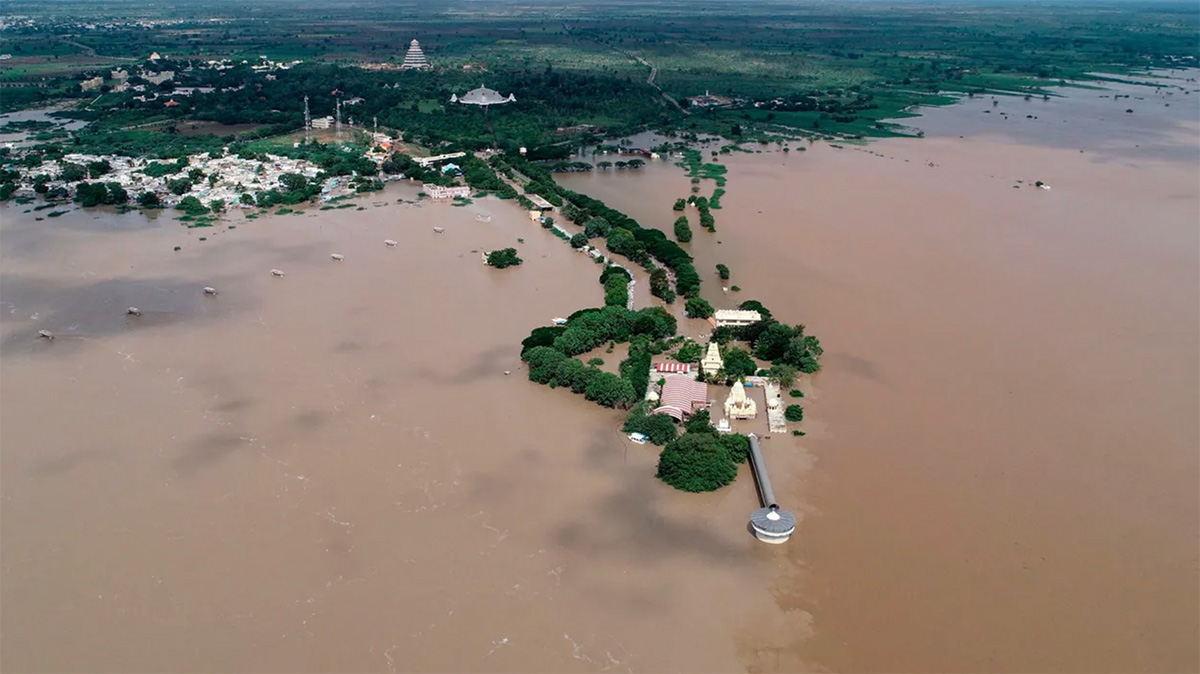
The southern India state of Kerala, having lost almost a million homes in two disastrous floods in 2018 and 2019, is trying to adapt to climate change by building homes for the poor that are flood-resistant.
In two years, one-sixth of the state's 35 million population was affected by the floods, and 1.4 million of those had to abandon their homes. Many flimsy houses were destroyed and are being rebuilt from scratch.
Realizing that floods are going to be an increasingly regular occurrence in the future as climate change continues to make the weather more extreme, the state's plan is to design and build homes that can withstand the floods. And, according to pioneering architects, they should be built of local materials such as bamboo, lime and mud.
"Cost-effective buildings are the need in areas prone to floods," he says. "Construction starts with good planning and choosing the place where the house would be constructed.
"In flood-prone areas, when there is necessity to reside there, we build the house with locally-available material that would be efficient. Damage from floods would not affect the resident, physically and financially, in a big way.'
The government has a scheme giving people a subsidy to repair their homes after a flood, but encourages them to build in ways that make the homes more able to withstand future impacts.
Sandhini Gopakumar is among many house-owners who, under this scheme, are repairing and rebuilding their homes as climate-resilient structures.
He had not fully recovered from the 2018 floods before the next one came. "Even before we could cope with the damage, flood waters occupied our house next year also," he says. "We were worried about investing in the house. As of now, we have raised the frontage of our house to avoid floodwaters next year."
He consulted experts to help make the house strong enough to resist floodwaters in the future, so saving money on future repairs if it happens again. Now, he says, his house would withstand the onslaught even if they suffered floods and disasters every year.